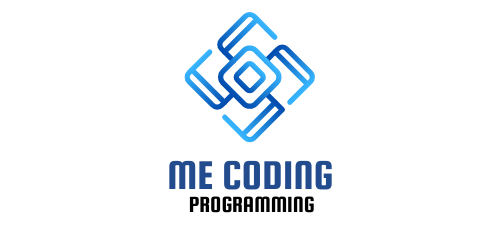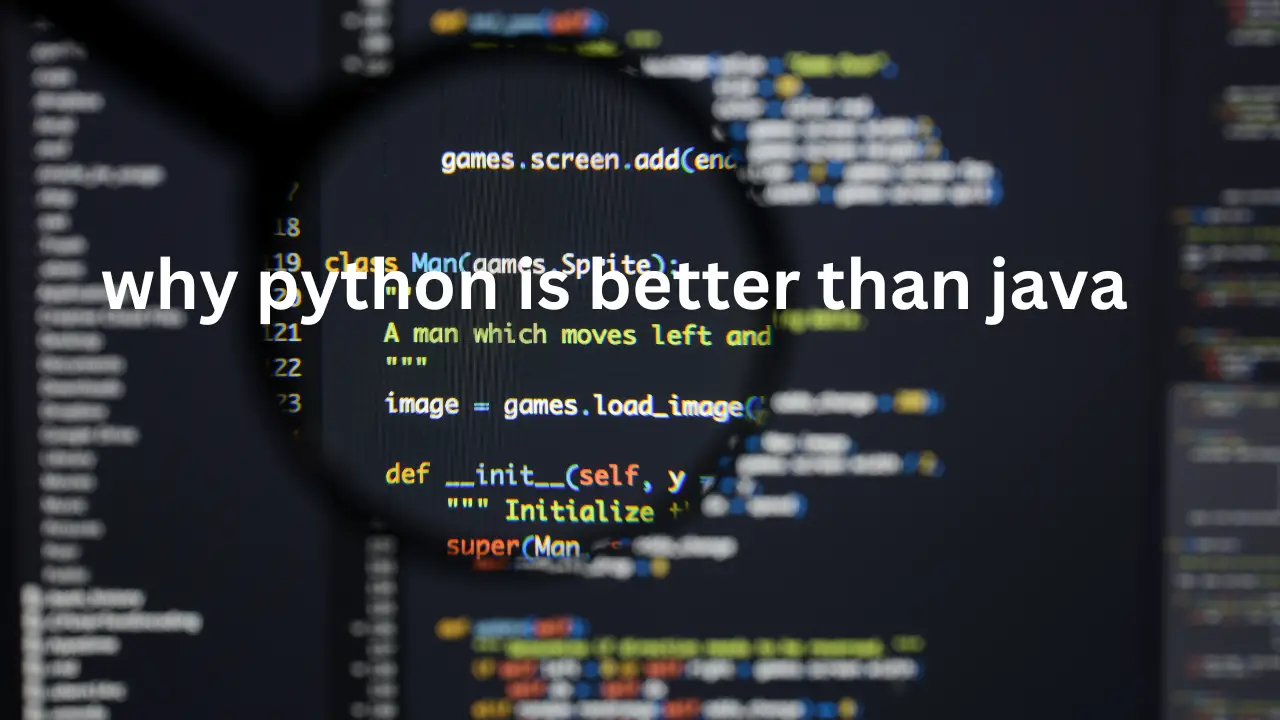In today’s fast-paced technological landscape, choosing the right programming language can make a significant difference in software development. Two popular choices among developers are Python and Java. Both languages have their strengths and areas of application, but Python has emerged as a preferred language for many developers. This article will explore why Python is considered better than Java and highlight the advantages it offers.
Background on Python and Java
Python is an interpreted, high-level, and versatile programming language known for its simplicity and readability. It was created by Guido van Rossum and released in 1991. Java, on the other hand, is a robust, general-purpose, and object-oriented programming language developed by Sun Microsystems in the mid-1990s. Both languages have gained widespread adoption and have extensive libraries and frameworks available for developers.
Speed and Performance
When it comes to speed and performance, Java has traditionally been regarded as faster than Python. Java’s performance is attributed to its bytecode compilation and just-in-time (JIT) compilation. However, Python has made significant improvements in recent years, and with advancements in interpreter technology and the use of JIT compilation in some implementations, Python’s performance has become competitive with Java for many applications.
Syntax and Readability
Python’s syntax is known for its simplicity and readability. It emphasizes code clarity and reduces the learning curve for beginners. Python uses indentation to define code blocks, which enhances the readability of the code. On the other hand, Java has a more verbose syntax with semicolons and curly braces. This verbosity can make Java code more challenging to read and understand, especially for novice programmers.
Ease of Learning and Productivity
Python’s focus on simplicity and readability makes it an excellent choice for beginners. Its straightforward syntax allows developers to write code quickly and intuitively. Python’s extensive standard library and rich ecosystem of third-party packages also contribute to increased productivity. Java, while more complex, provides robust tools and libraries for enterprise-level development but may require a steeper learning curve for new programmers.
Versatility and Flexibility
Python’s versatility is one of its standout features. It supports multiple programming paradigms, including procedural, object-oriented, and functional programming. This flexibility allows developers to choose the best approach for their specific project requirements. Java is primarily an object-oriented language, and while it offers flexibility within the object-oriented paradigm, it is less versatile than Python.
Community and Support
Python boasts a vibrant and supportive community of developers. Its popularity has led to a vast collection of online resources, forums, and tutorials. The Python community actively contributes to the language’s development, ensuring continuous improvements and updates. Java also has a strong community and extensive documentation, but Python’s community support is often regarded as more accessible and beginner-friendly.
Libraries and Frameworks
Python’s extensive library and framework ecosystem is a significant advantage over Java. The Python Package Index (PyPI) hosts thousands of open-source libraries and frameworks, providing solutions for various domains, including web development, data science, machine learning, and artificial intelligence. While Java has a vast collection of libraries, Python’s ecosystem offers a wider range of specialized tools and frameworks, making development more efficient and streamlined.
Job Opportunities and Market Demand
When considering career prospects, Python offers a promising landscape for developers. Its versatility, ease of use, and vast application areas have led to a surge in demand for Python developers. Python is widely used in web development, data analysis, scientific computing, machine learning, and automation. While Java continues to be widely adopted in enterprise-level software development, Python’s rapid growth and expanding market share make it an attractive choice for aspiring developers.
Conclusion
In conclusion, Python has several advantages over Java that make it a preferred programming language for many developers. Its simplicity, readability, versatility, and extensive library ecosystem contribute to increased productivity and efficient development. Python’s growing community support and market demand provide ample job opportunities for developers. While Java remains a powerful language, Python’s strengths and advantages position it as a versatile and robust choice for various applications.
FAQs
Q1: Can I use Java libraries in Python?
A1: No, Java libraries are not directly compatible with Python. However, there are tools available that allow you to integrate Java code into Python applications.
Q2: Which language is better for web development, Python, or Java?
A2: Both Python and Java are suitable for web development. Python’s simplicity and extensive web frameworks like Django and Flask make it a popular choice, while Java’s scalability and robustness are advantageous for enterprise-level web development.
Q3: Is Python easier to learn than Java?
A3: Yes, Python is generally considered easier to learn than Java. Its simpler syntax and focus on readability make it more beginner-friendly.
Q4: Which language is more widely used, Python, or Java?
A4: Both Python and Java are widely used programming languages. However, Python’s popularity has been on the rise, particularly in the fields of data science, machine learning, and web development.
Q5: Can I switch from Java to Python?
A5: Yes, you can switch from Java to Python. While there may be a learning curve involved, many concepts and principles of programming carry over between the two languages, making the transition smoother.

